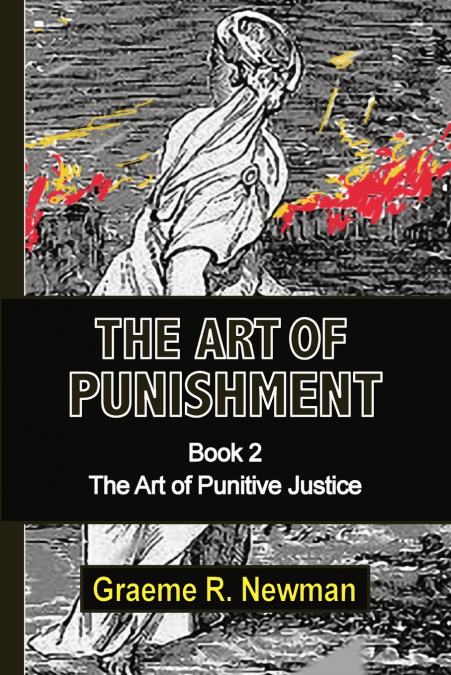
Graeme Newman
This collection of art works comprising Books 1 and 2, provides glimpses of the ways in which we and our ancestors have punished those who broke the rules and laws; to repeat, some real, some imagined. The reader, confronted with an expanse of horror, sits back relieved that we no longer treat criminals or misfits or sinners or women or children or animals in the ways depicted in these volumes. But pay close attention to the pictures of prison in Book 2, for they hide the horrors of modern punishment within them. Yet out of all this violence and dread, there is but one consolation for the existence and seeming necessity of punishment: it makes possible the highly regarded human trait of mercy. 'A picture is worth a thousand words,' said Fred R. Barnard in 1921. The pictures in these book provide an intense guide to the history, practice and philosophy of punishment in the Western World.and what Western civilizations do to those who break society’s rules of behavior. Yet pictures do not necessarily, or maybe even rarely tell the truth, certainly never the whole truth. In these volumes they are rather an indication, guideposts maybe, to the human drives, initiative and imagination in recording the history and practice of punishment. Much of the art does tell a story, most often one of the sword in the hands of tyrants, egged on by a rousing crowd.Taken together, Books 1 and 2 do not represent a chronological history of the art of punishment, rather they are an attempt to locate the origins of punishment in Western thought and action. Book 1 begins with punishment as it was depicted in Greek mythology, followed by Judeo-Christian punishments, both imagined and practiced-an entire religion based on punishment. Saints and sinners alike are cruelly punished, as are women, children and animals, whose common lives battle with sainthood and sinfulness, do they not? Guilt pervades all and is presumed. Punishment follows logically; it lies internal. Book 2 focuses on the external objects of punishment, slaves, soldiers (the military itself the personification of punishment), and of course, the most celebrated objects of punishment, criminals. Here a different principle dominates: the more such objects are punished, the more guilty they are. In Book 1, punishment relieves guilt. In Book 2, punishment guarantees and confirms guilt.